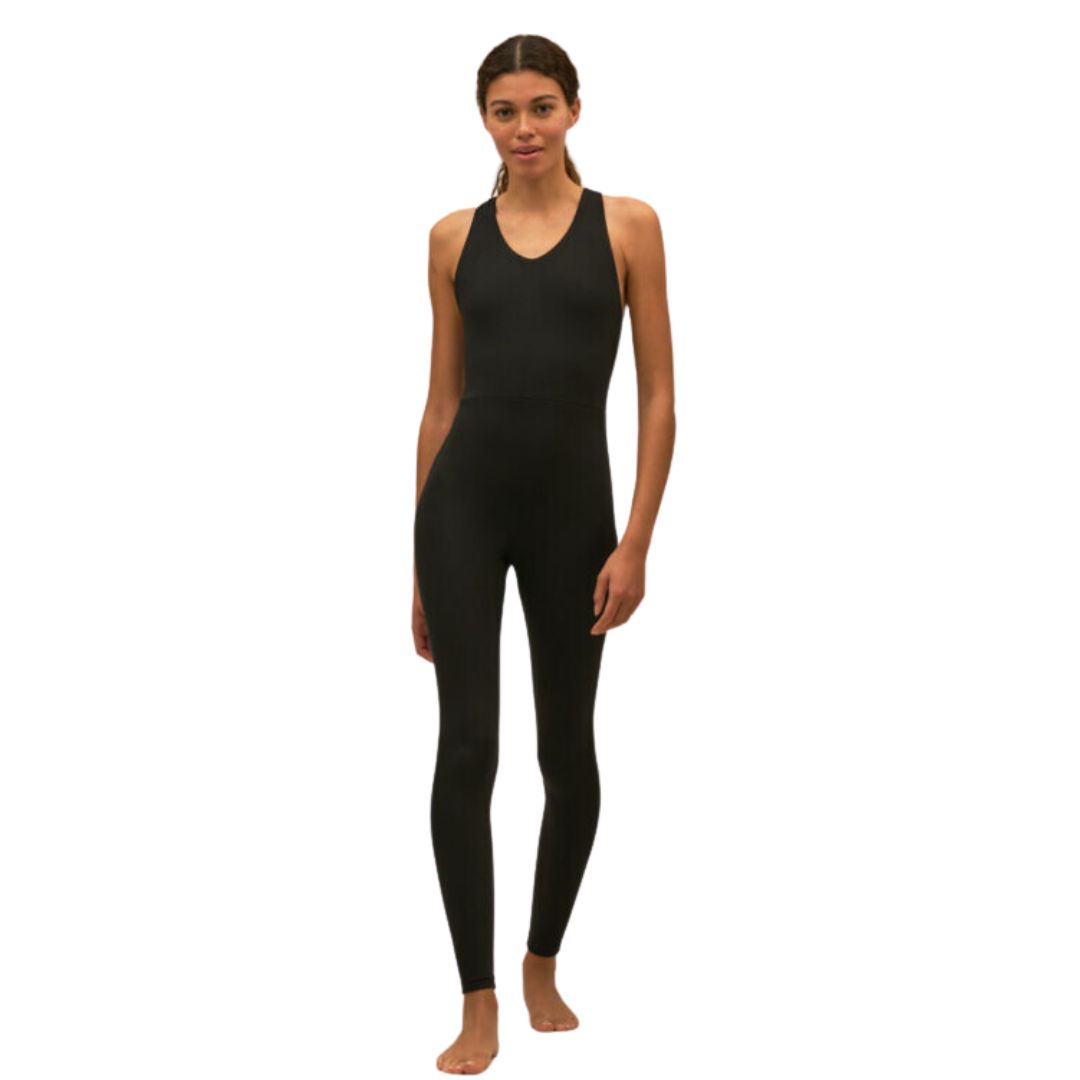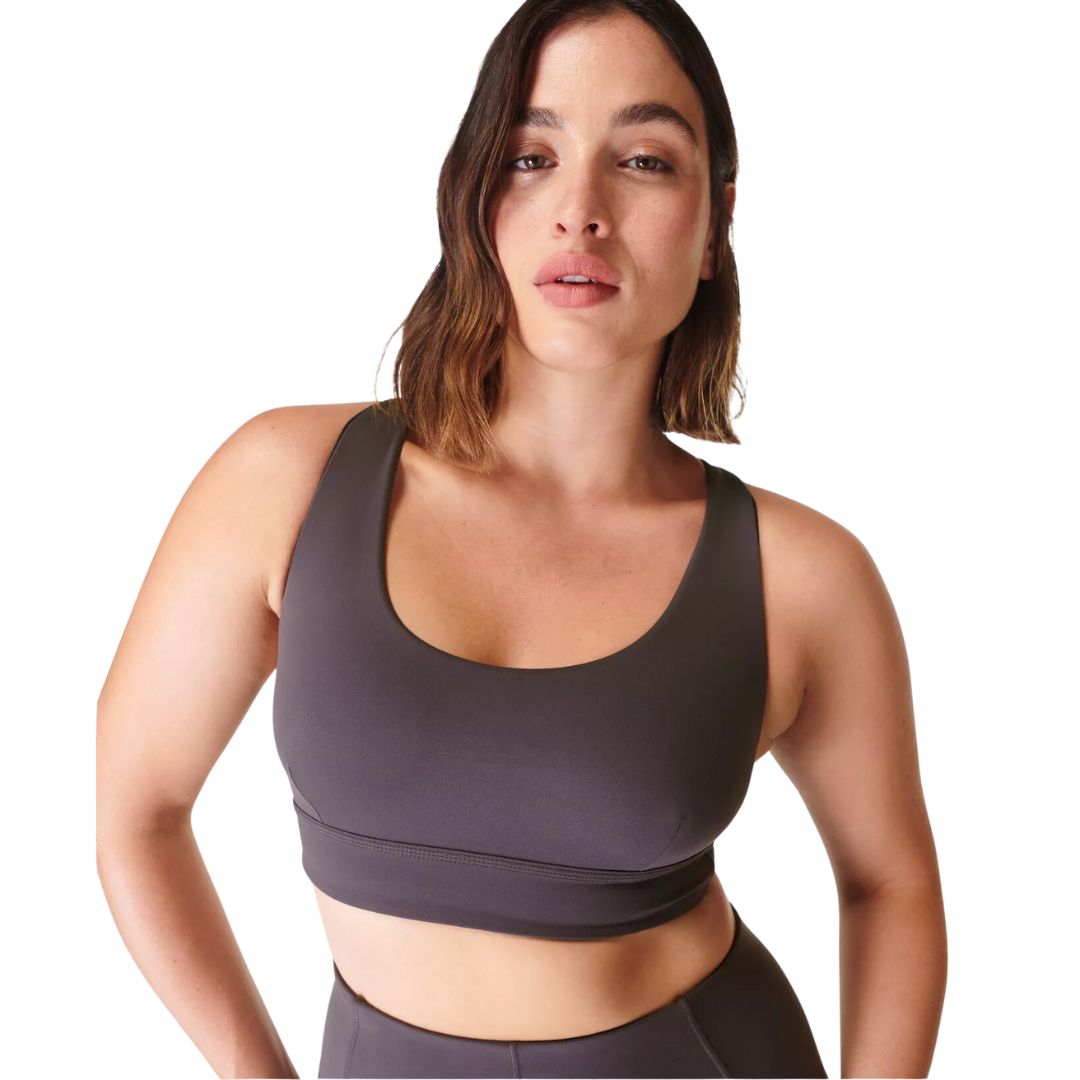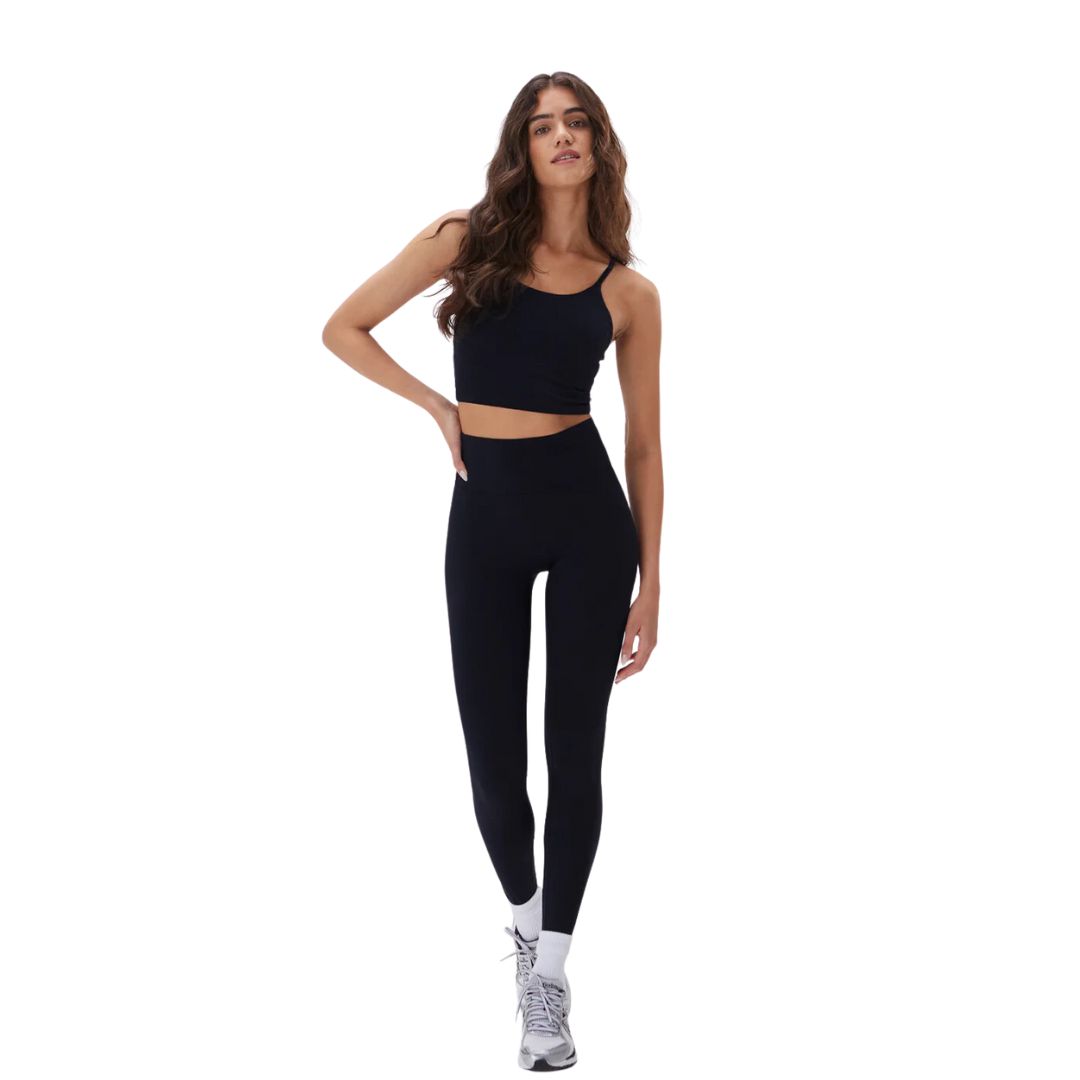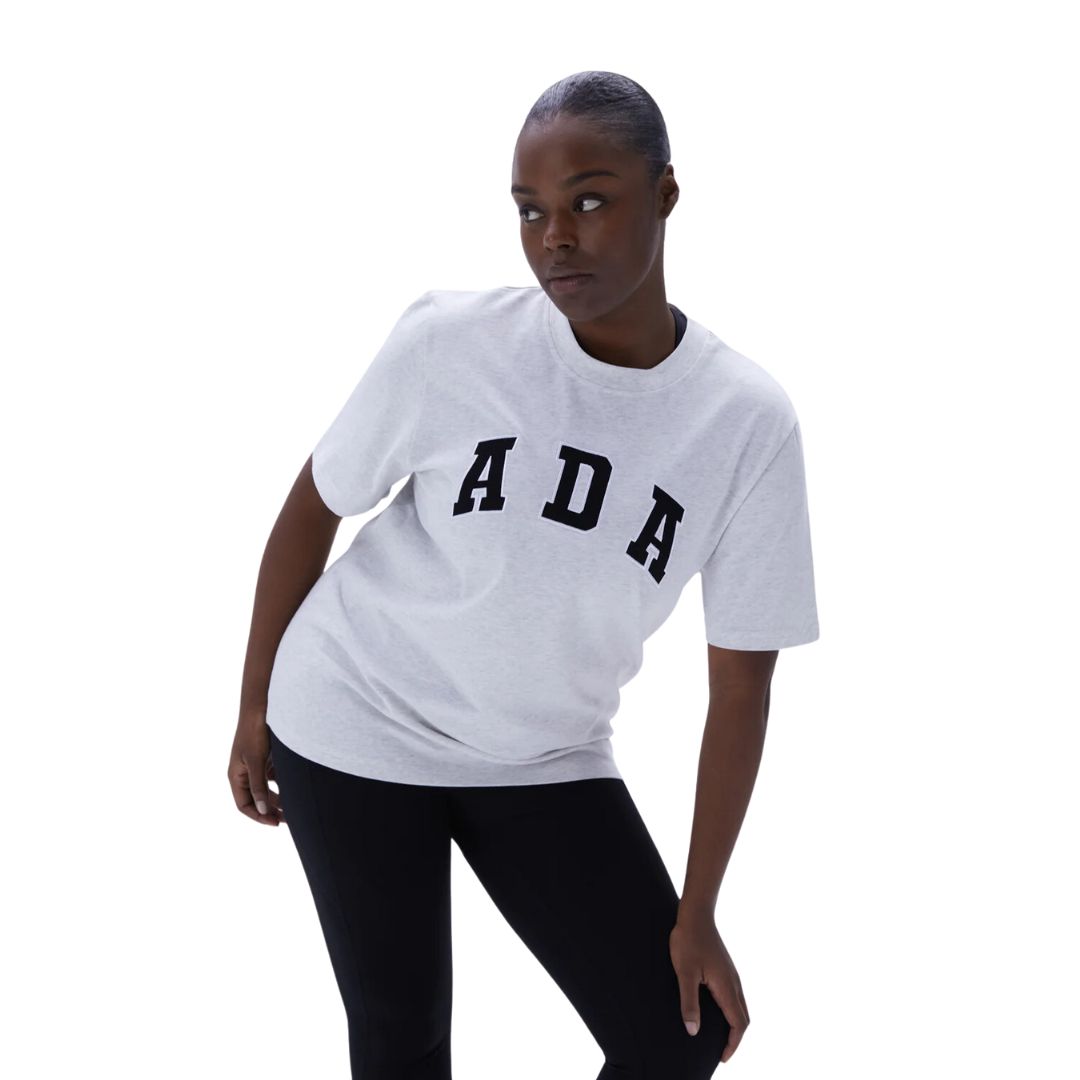As a long-time Pilates lover, I tried Barre for the first time and have some thoughts
Would it become my new favourite low-impact workout?


As MCUK’s Junior Shopping Editor and a lover of new health trends, I’d been long captivated by the idea of Barre classes. Maybe it’s the rise of the Balletcore aesthetic in fashion or the fact that Barre exercises are supposed to be pretty similar to my favourite low-impact workouts: Pilates and yoga. Either way, Barre captured my attention in a way that no new exercise has for a while. So of course I decided to try it out for myself.
There are many benefits of Barre - not least of which include building strength, improving your posture and balance and even contributing to your mental health. How much of a benefit these can have on your overall health shouldn’t be undervalued - a 2021 study found that the ability to balance better had a direct correlation with a longer life expectancy. Further studies also show that mind-body workouts that incorporate yoga and Pilates exercises (as Barre does) can help improve mood and emotional well-being. I’ve asked industry experts to go into more detail on the benefits of Barre below.
If you’re after the best Pilates clothes, Pilates sliders, unitards and grippy socks to help your Barre workouts then we’ve got you covered with our buying guides (because any piece of clothing that’s suitable for Pilates and yoga will likely be perfect for Barre too).
As a fan of both Pilates and yoga, and a complete beginner at ballet, I went into my first Barre class feeling slightly apprehensive, but mostly excited and keen to learn more about this fun-seeming practice.
After trying it for the first time: here’s my honest Barre review
What is a Barre workout?
According to Natalie Rose, PT, Pilates specialist and founder of Body By Barre Studio, “a barre workout is a combination of traditional ballet barre, Pilates, strength and dance. It's typically done at the barre or on a stable surface and is a sequence of movements that usually go to the beat of the music. It's an expressive, feminine style of workout which challenges the mind-body connection, coordination and strength, incorporating Pilates fundamentals to give a full body workout from head to toe.”
Clare Walters, an ex-professional dancer and Minda and Body Master Trainer at Third Space further expands, telling me the exercise aims to “build strength and endurance through the muscles." She shares: "Barre is somewhat unique in that it targets many of the smaller muscles that help with stabilisation and posture while also helping to increase flexibility and joint mobility. While it does impact the whole body, you’re likely to particularly feel it in the lower body and core.”
Frances Katz, who designed Gymbox’s Barre class concepts, says Barre gives people a glimpse into the art of ballet. "From working from your feet up, understanding balance and poise to the beautiful rush that you get when you start moving with elegance and grace, Barre gives a glimpse of what Ballet really is.”
Celebrity news, beauty, fashion advice, and fascinating features, delivered straight to your inbox!
What are the benefits of Barre?
“Barre uses the Pilates fundamentals and dance technique to challenge the full body from the inside out” says Rose. And the benefits? Well, they include improved balance, coordination, strength, flexibility and mobility, she shares. The physical benefits aren’t the only difference you’ll notice, either - as Rose points out, over time you will also notice “improvements in your circulation, posture, confidence and a boost to your metabolic rate as it is a form of resistance and strength training.”
“It's high intensity yet low impact, so perfect for all levels,” says Rose. Not to mention, it targets the smaller muscle groups and muscles you don’t typically use in comparison to compound exercises, which is what makes it so effective for sculpting and toning your body.
How I got on trying Barre for the first time
Before the Barre class
Having never tried ballet before, I was a little apprehensive. Would I need to have a basic knowledge of the classic moves and positions? Would the fact that I didn’t mean I would lag behind in class?
Mostly though, I was excited to try a new form of strength-building low-impact exercise, and having learned about all the health benefits to be gained from our experts, I was looking forward to seeing the effects it would have.
So I booked into my Gymbox class - aptly-named No Holds Barre. With ex-Prima Ballerinas and professional dancers among their instructors’ ranks, I knew I would be in good hands.
During the Barre class
Pretty early on in the class, my doubts regarding my lack of prior ballet experience were firmly squashed. Bar a few arm motions and foot positions that I’d seen on films but had never tried before myself, the moves were surprisingly similar to the yoga and Pilates moves I’d been practising for years. From Downward Facing Dog and Cobra poses to side kicks and lunges, I could follow along with the class quite easily.
The balance and coordination required in the most ballet-esque moves (such as gently floating your arms, while kicking up your legs and holding in your core) meant that my body was actually working harder without me realising it. I was too focused on getting the perfect form and coordinating my movements to realise that my muscles were feeling the same "burn" they usually do during an intense Pilates session.
The class simply flew by - which was helped by the pumping music and fun vibes, and the 45 minutes were over before I knew it. Overall, I thoroughly enjoyed my first Barre class.
After the Barre class
Despite not having felt as much of a burn as I usually do during, say, a Pilates class, I felt the same usual, gratifying muscle aches as I usually do afterwards. So my muscles were clearly put through their paces.
I was surprised at how much of a full-body workout it ended up being - I felt it in my core, arms, thighs and glutes - in fact, I’d managed to effectively work my outer glute area, which I usually struggle to target due to hyper flexibility. I can only attribute this to the fact I was using my limbs in different ways than I had ever done previously. The turned out foot ballet position, for example, targeted my outer thighs and glutes in a way that a regular kick, lunge or high knee simply wouldn’t have.
I wouldn’t go as far as to say that it’s completely replaced my love for Pilates and yoga, but my first Barre class was so much fun and made my body work surprisingly hard, so I’ll be incorporating Barre into my low-impact workout schedule for sure. Overall, I’m a huge fan and will absolutely be returning to Barre class - in fact, I’ve already booked my next session.
What is the best clothing to wear for Barre?
“I always encourage my students to wear something that makes them feel comfortable” Katz tells me “I usually suggest having your hair tied back, wearing clothing where you can see your lines as it’s easier to stretch and last but not least something to keep your feet and ankles warm. I personally love adding a touch of my ballet training days, whether it’s through a French bun hairstyle to make me feel graceful or by wearing my old leotards.”
Having a full range of motion is super important when it comes to deciding what to wear to your Barre class, according to Walters, so she suggests wearing “comfy clothes, but not too many layers because you definitely start to sweat once it gets going! Leggings and a baggy T-shirt is my go to. You may also find that Barre socks are helpful for added grip.”
Shop the best clothes and accessories for Barre:
Is Barre harder than yoga?
According to Walters, Barre and yoga are both hard in different ways. She states: “Barre is typically seen as rather challenging because we feel the burn quickly. It’s a high rep class which means we’re working to muscular fatigue which manifests as a burning sensation in the muscle group we're working. When you feel the burn it’s definitely a game of mind over matter meaning that Barre is mentally and physically challenging. That being said, it’s also really fun, the instructors are high energy and the music is great.”
Do you need to know ballet before your first Barre class?
The general consensus among our experts is a resounding no: you don’t need to know ballet before your first Barre class. As a complete ballet beginner, I didn’t find any of the Barre moves too complicated to repeat, so I heartily concur.
While being familiar with the typical ballet positions will help you to pick up the sequences more easily, as Rose points out, “a certified barre instructor should break down each position and talk you through alignment” to make it easier, she advises you “take it at your own pace and enjoy the challenge.”
Walters agrees: “there may be certain aspects of a barre class that feel familiar - working with the legs externally rotated or turned out for example - but it’s definitely not a prerequisite. Barre is super accessible in that there is always a modification that can be made for varying fitness levels, injuries or pregnancy. Some of the exercises may feel new as they’re unique to Barre but everyone can do them.”
“Barre welcomes anyone from any level” states Katz, “the idea behind Barre is that through simple explanations and accurate exercises, anyone can complete a Barre workout and feel achieved, elevated and also maybe have learnt one or two things about ballet. (Like plies or ‘ballet hands’).”

Valeza Bakolli is Marie Claire’s Junior Shopping Editor, and as such, she’s made it her mission to encourage people to shop mindfully and with purpose. In her role, she covers all things shopping - from thoroughly road testing the best fitness kit to keeping a finger on the pulse of what’s new in fashion and beauty. She dedicates hours of her time every day to scouring the online stores, finding the best products online so you don’t have to (from small and sustainable businesses wherever possible, of course).






